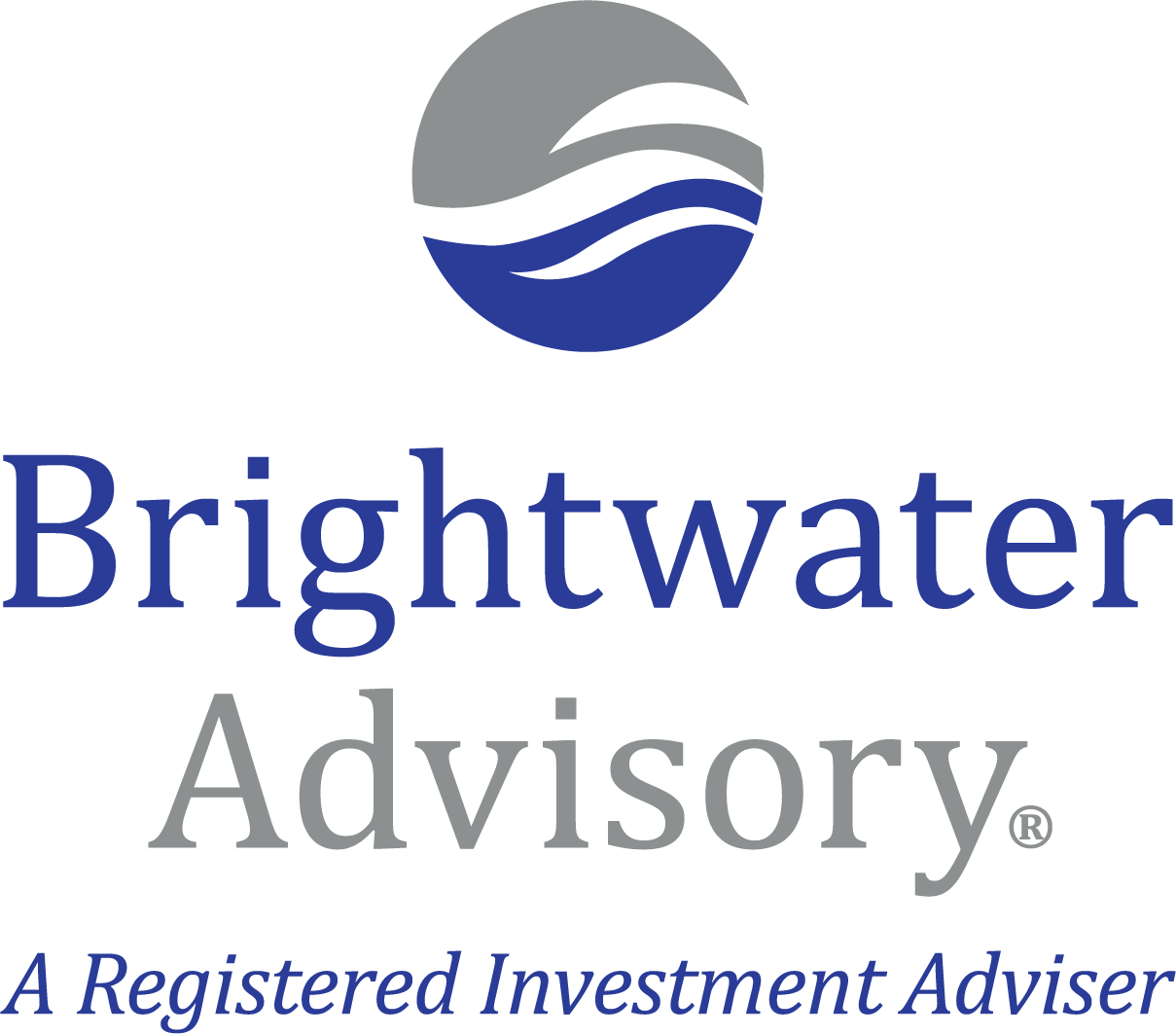by David Maddux, CEO | CIO
We sent the following note to clients on September 1st.
20 Months And Counting, But Bonds Look Great
The longer I invest in liquid markets the more I appreciate how dynamic they can be. As last year was coming to a close, stock prices were attempting a recovery from their late summer lows and the consistent, conventional thinking was that we were barreling into a recession that was virtually guaranteed to begin in the first half of this year, if not already in motion.
The mental balance is holding one premise in one hand, like “a recession is likely to happen,” and on the other hand “but maybe stocks have already gone down in sympathy?” Also, “What if we don’t have a recession?”
What played out is that we have not had an economic contraction in 2023 and stock prices have broadly continued to march higher with the main exception being dividend-oriented stocks – probably because they are less attractive than they were now that short-term interest rates have moved from 0-ish% to 5-ish%.
Stock prices are generally still below their highs from 20 months ago (and counting) but the economy has been fine. Importantly, profits have declined some on average as well, so broad stock valuations are still more over-valued than not – particularly large US ones. The tension is the backdrop that higher interest rates translate into –
A) the cost of capital (for financing) is higher and rising, as well as
B) owning high quality bonds and cash (for investors) are relatively attractive.
The recent weekly piece from Brian Wesbury at First Trust nicely summarizes these dynamics and his discussion of their stock market valuation model is worth sharing at some length –
It’s important to recognize that the Cap Profits Model [a valuation tool for the S&P 500, which is a US stock market proxy] isn’t a “trading” model. You shouldn’t use it day-to-day; stocks can remain significantly overvalued or undervalued for prolonged periods of time. However, the model can be used to gauge how attractive stocks are relative to normal.
Today, stocks look expensive. Moreover, when we review what would have to happen for the model’s estimate of fair value to rise to where the stock market is today, it looks even more likely that stocks will face headwinds in the year ahead.
One way to bring fair value up to Friday’s close of 4,406 [S&P 500] would be for the 10-year [treasury bond] yield [4.24% as of this writing] to drop to 3.05%. But what do the economy as a whole and profits in particular look like in a scenario with a much lower long-term bond yield? The yield curve would be very deeply inverted and nominal GDP growth would have to be either much slower or expected to slow substantially in the near future. In turn, that would probably mean weaker profits.
Another way for the model to project a fair value for stocks at 4,406 would be for profits to rise 39% while the 10-year holds around 4.24%. What makes this absurd is that a world in which profits surge 39% is one where the 10-year yield is almost certainly higher, because nominal GDP growth is much higher as well. Between the end of 2019 (pre-COVID) and Q1(2023) profits are already up 24%. Another 39% gain would put profits relative to GDP well above where they’ve been during the entire post-World War II era.
So, if a large drop in the Treasury yield would likely come with a recession and lower earnings, and a sharp increase in profits would likely mean higher long-term interest rates, the market is stuck at current levels. And this, in our opinion, leaves only one main mechanism to bring actual stock prices and fair value back toward alignment: a drop in equity values.
Again, don’t use the model as a reason to sell all your stocks today; that would be foolish. Investors should be focused on their long-term goals and their appetite for risk. The model is telling investors they should be at least a little wary and should allocate to sectors that are cheap relative to the market as a whole. Allocation is always important, and doubly so under conditions like these.
The full commentary can be found at —
https://www.ftportfolios.com/Blogs/EconBlog/2023/8/28/stocks-look-pricey
What have we been doing?*
Our recent portfolio adjustments have incorporated these dynamics in combination with client investment plans.
Within the growth or stock portion of portfolios – we rebalanced portfolios in the 2nd quarter to reduce stocks modestly and bring them at least back to their target weights and in most cases, slightly underweight. For example, an account with a 60% target to stocks would be at 56% with the 4% difference parked in a money market fund, which is currently paying 5.2%.
We are ultimately comfortable with the attractive valuation measures of our model portfolios, as well as optimistic about stocks, given enough time, but wary for the short-term (mostly valuations and higher interest rates, but certainly inflationary pressures and the political climate are factors as well) and want to make sure we have a bit more flexibility if the environment turns hostile again.
Within the bond portion of portfolios – we ended the year with a high quality short term mix, typically built around individual maturities. As a reminder, we began 2022 with ~90% of the bond portion in money markets as interest rates were so low that bonds were not worth fooling with, in our opinion.
The banking crisis in the 1st quarter forced banks to pay higher CD rates and we moved in late March to take advantage of that by adding CDs to the lineup. In most instances we were able to lock in 5 years at 5.0%, which was very attractive then with the 5 year treasury at 3.7% and continues to remain attractive, as the 5 year treasury rates are still in the low 4% area. We have several bonds coming due over the next 12 months and if rates are the same or higher, we will be able to increase the average yield going forward.
We had a recent opportunity (Hurricane Idalia) to implement our business continuity plan. I am glad to report all business operations went smoothly and that our team and families were safe. I heard from many clients and am relieved to have received similar reports, with the exception of several folks dealing with water intrusion from flood waters, etc.
Please let me know what I can clarify and I hope you enjoy a long weekend.
*These comments speak to our two model portfolios (one substitutes a minor portion of the stock allocation for alternative strategies while the other one does not), which are representative of the average client, but there are several reasons for why an account may differ from that example, like tax implications, personal preferences or money coming and going, like regular deposits or planned distributions. We apply a perspective and a process, but ultimately manage individual client portfolios and appreciate the opportunity to customize.
Brightwater Advisory, LLC is an SEC registered investment adviser* with its principal place of business in Tampa, Florida. This letter contains general information pertaining to our advisory services. The information is not suitable for everyone and should not be construed as personalized investment advice. This letter contains certain forward‐looking statements (which may be signaled by words such as “believe,” “expect” or “anticipate”) which indicate future possibilities. Due to known and unknown risks, other uncertainties and factors, actual results may differ materially from the expectations portrayed in such forward‐looking statements. There is no guarantee that the views and opinions expressed in this note will come to pass.
Investing involves risk, including risk of loss, which an investor must be prepared to bear. We manage investments based upon factors which may include, but are not limited to, a client’s investment time horizon, income, net worth, attitude toward risk and investment knowledge. Therefore, it is important for clients to inform us promptly if there is a substantive change to his or her risk capacity, including financial situation. In addition, if goals and objectives have changed, please let us know immediately. Indices are unmanaged. Any reference to a market index is included for illustrative purposes only as it is not possible to directly invest in an index.
For additional information about us, please request our disclosure brochure as set forth on Form ADV using the contact information set forth herein, or refer to the Investment Adviser Public Disclosure web site.
*Registration as an investment adviser does not imply any level of skill or training.







